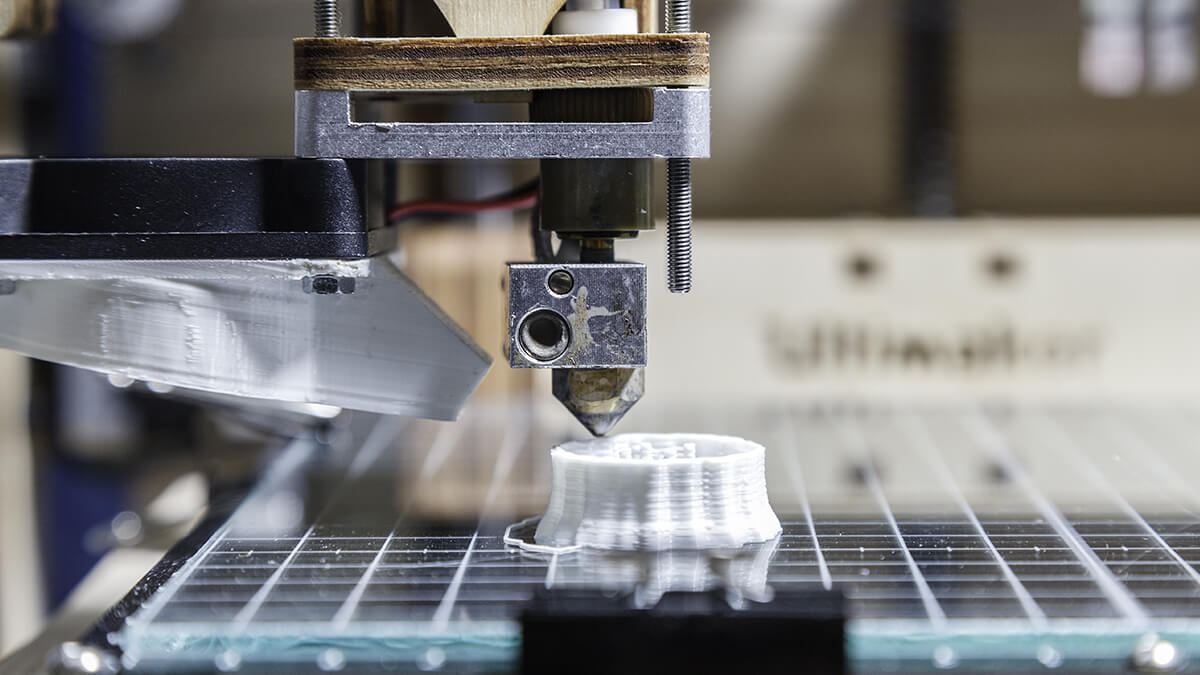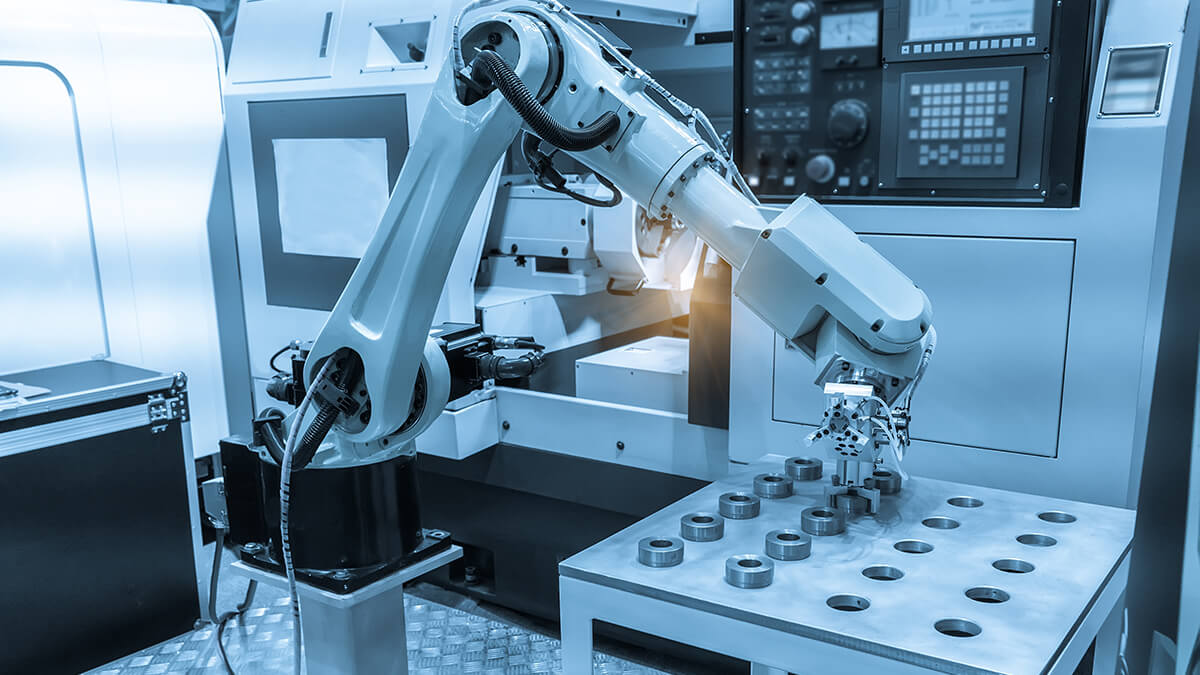Market News
In recent years, the manufacturing industry has been actively strengthening manufacturing technology, investing in high-end manufacturing equipment, and training professional talents.
2020-08-07 13:06:25
Looking back at the continuous fluctuations in the global manufacturing industry in 2019, the supply chain is in uncertainty, and the overall output value of Taiwan's machine tool components in 2019 will be affected.
2020-08-06 14:58:08
Looking back at the continuous fluctuations in global economic and trade conditions in 2019, the global economy is in a high degree of uncertainty, and the overall output value of Taiwan's machine tool industry in 2019 will be affected.
2020-08-06 14:32:38
Will the African market be the next manufacturing hub? African leaders call on Nigeria and African countries to strengthen manufacturing and regional supply chains.
2020-08-05 16:17:37
Africa is currently in a stage of explosive population growth. Currently, the entire African continent has a population of approximately 1 billion, and there will be 2 billion people by 2050. Compared with the fact that China’s surplus labor force is roughly exhausted, the African continent is a huge and attractive market for foreign investors.
2020-08-05 10:22:57
Six trends are shaping the global chemical industry. While they spell uncertainty in the global context, they could open near-term opportunities in India.
2020-08-03 15:33:07
The U.S. government intends to impose taxes on American companies producing overseas, which should be moved back to the U.S. for domestic manufacturing.
2020-07-31 11:06:06
3D printing technology has been widely used in recent years, and it has also allowed the manufacturing industry to evolve into a "smart" manufacturing industry, which can achieve the large output value with the less manpower.
2020-07-24 13:54:14
In 2020, Taiwan's machinery industry will first stabilize its foundation and upgrade its technology, and gradually expand the demand for intelligence at home and abroad. In the future, it is expected to increase the market for smart machinery and smart manufacturing, and accelerate the realization of its vision of two trillion yuan in output value by 2025.
2020-07-24 09:26:07
Japan is one of the leading countries in the machinery industry, with superb machinery manufacturing technology, and the output value of the machinery industry accounts for about half of Japan's overall manufacturing industry.
2020-07-21 18:17:23
Hot Topic
Agree










